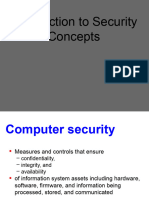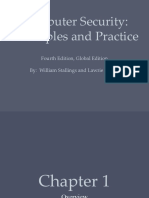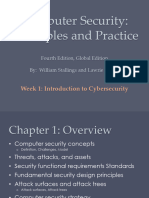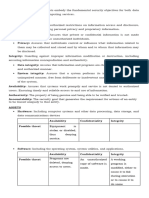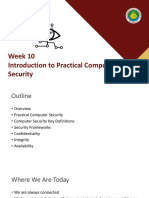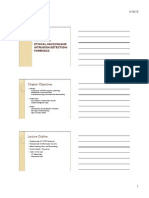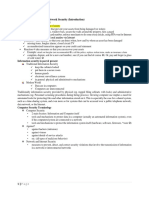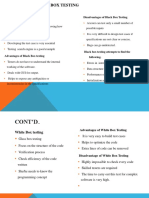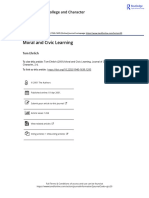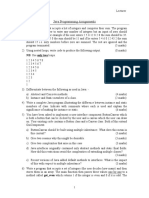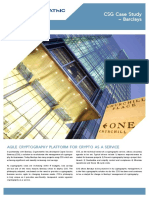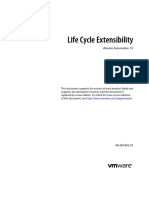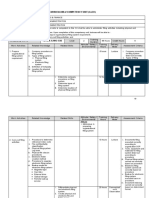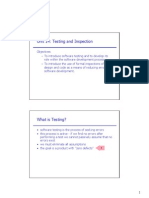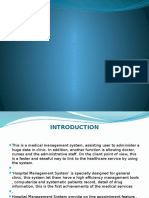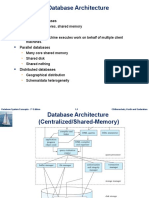0% found this document useful (0 votes)
80 views65 pagesIntroduction 2
The document discusses key concepts in information security including risk management, assets, threats and vulnerabilities, security goals, and controls/safeguards. It defines risk as the likelihood of a threat exploiting a vulnerability of an asset, and explains the risk assessment and treatment process involves identifying assets, threats, vulnerabilities, potential losses, risk treatment options, and security controls. The goals of security are defined by the CIA triad of confidentiality, integrity and availability.
Uploaded by
kaka ronaldoCopyright
© © All Rights Reserved
We take content rights seriously. If you suspect this is your content, claim it here.
Available Formats
Download as PDF, TXT or read online on Scribd
0% found this document useful (0 votes)
80 views65 pagesIntroduction 2
The document discusses key concepts in information security including risk management, assets, threats and vulnerabilities, security goals, and controls/safeguards. It defines risk as the likelihood of a threat exploiting a vulnerability of an asset, and explains the risk assessment and treatment process involves identifying assets, threats, vulnerabilities, potential losses, risk treatment options, and security controls. The goals of security are defined by the CIA triad of confidentiality, integrity and availability.
Uploaded by
kaka ronaldoCopyright
© © All Rights Reserved
We take content rights seriously. If you suspect this is your content, claim it here.
Available Formats
Download as PDF, TXT or read online on Scribd
/ 65



